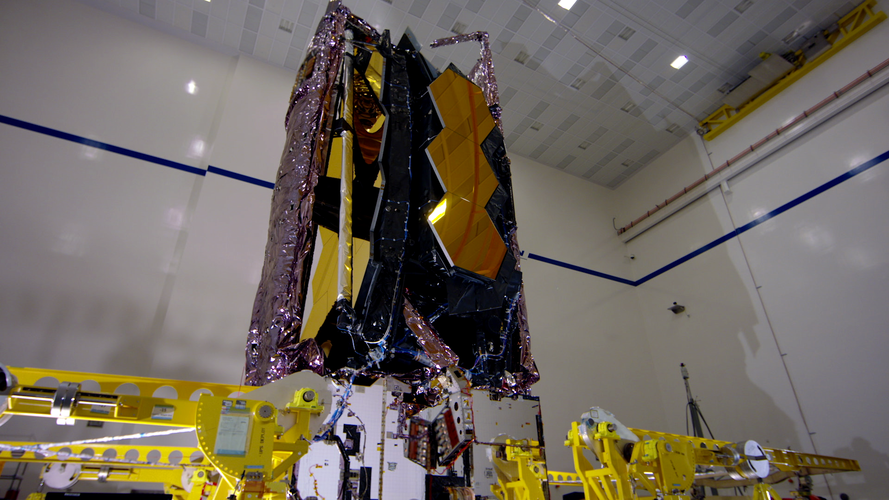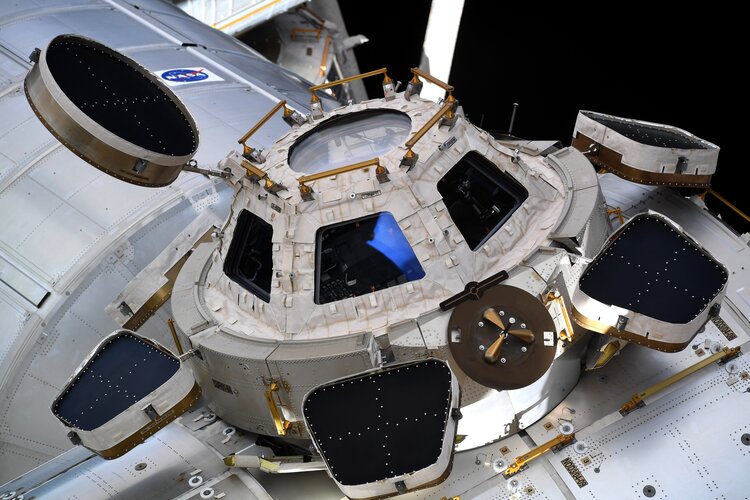
Copernical Team
New spacesuit technology for moon and Mars exploration tested where Apollo astronauts once trained and tested spacesuits

Satellite in sun's backyard unravels the origins of interplanetary dust

What do shooting stars and astronaut safety have in common?
Both stem from the sub-microscopic rock fragments found throughout the solar system, sometimes called interplanetary dust.
When these particles collide with Earth's atmosphere, they create meteors, better known as shooting stars, as the (usually) microscopic fragments vaporize and leave flaming trails through the air. When they collide with astronauts, they can puncture holes in space suits—or worse. Understanding the sources and patterns of this interplanetary dust is therefore very important to NASA, as it plans for missions to the moon, Mars and beyond.
During its revolutions around the sun, the Parker Solar Probe spacecraft, the mission going closer to the sun than anything in spacefaring history, is bombarded by these dust particles. When crashing onto the spacecraft, the tiny grains—some as small as a ten-thousandth of a millimeter across—vaporize and release a cloud of electrically charged particles that can be detected by FIELDS, a suite of instruments designed to detect electric and magnetic fields.
A pair of papers publishing this week in The Planetary Science Journal use FIELDS data to take an up-close look at the "zodiacal cloud," the collective term for these tiny particles.
Webb completes testing
 Video:
00:00:45
Video:
00:00:45
Fully assembled and fully tested, the NASA/ESA/CSA James Webb Space Telescope has completed its primary testing regimen and is soon preparing for shipment to its launch site at Europe’s Spaceport in French Guiana.
Credit: NASA's Goddard Space Flight Center
Dates set for Space Station change of command as Franco-German relations awarded Media prize

The dates have been set for ESA astronaut Thomas Pesquet’s upcoming command of the International Space Station, as ESA astronaut Matthias Maurer prepares to join him on board.
Video: We asked a NASA scientist—do aliens exist?
Use this form if you have come across a typo, inaccuracy or would like to send an edit request for the content on this page. For general inquiries, please use our contact form. For general feedback, use the public comments section below (please adhere to guidelines).
Please select the most appropriate category to facilitate processing of your request
Replay: Cosmic Kiss news conference
 Video:
01:23:15
Video:
01:23:15
Watch the full replay of ESA astronaut Matthias Maurer’s pre-launch news conference at ESA’s European Astronaut Centre (EAC) in Cologne, Germany.
Held in both English and German on 9 September 2021, the conference covers ESA’s vision for human and robotic exploration as well as the science and operations Matthias will support on the International Space Station during his six-month Cosmic Kiss mission.
Cosmic Kiss is Matthias’s first space mission. He will be launched from the Kennedy Space Center in Florida, USA as a member of US Commercial Crew-3 alongside @NASA astronauts Thomas Marshburn, Raja Chari and Kayla Barron.
While in
Fourth spacewalk for Alpha mission

ESA astronaut Thomas Pesquet and Japanese astronaut Akihiko Hoshide are set to leave the International Space Station on a spacewalk on Sunday 12 September.
Western US faces future of prolonged drought even with stringent emissions control
 Seasonal summer rains have done little to offset drought conditions gripping the western United States, with California and Nevada seeing record July heat and moderate-to-exceptional drought according to the National Oceanic and Atmospheric Administration (NOAA). Now, new research is showing how drought in the region is expected to change in the future, providing stakeholders with crucial inform
Seasonal summer rains have done little to offset drought conditions gripping the western United States, with California and Nevada seeing record July heat and moderate-to-exceptional drought according to the National Oceanic and Atmospheric Administration (NOAA). Now, new research is showing how drought in the region is expected to change in the future, providing stakeholders with crucial inform MIT-designed project achieves major advance toward fusion energy
 It was a moment three years in the making, based on intensive research and design work: On Sept. 5, for the first time, a large high-temperature superconducting electromagnet was ramped up to a field strength of 20 tesla, the most powerful magnetic field of its kind ever created on Earth. That successful demonstration helps resolve the greatest uncertainty in the quest to build the world's first
It was a moment three years in the making, based on intensive research and design work: On Sept. 5, for the first time, a large high-temperature superconducting electromagnet was ramped up to a field strength of 20 tesla, the most powerful magnetic field of its kind ever created on Earth. That successful demonstration helps resolve the greatest uncertainty in the quest to build the world's first Volcano analysis in real time
 Explosive volcanic eruptions often announce themselves: The dynamic of gas and magma flows inside the mountain change noticeably before eruptions and cause, among other things, the rising and lowering of the volcano's surface, which is recorded by satellites. To better analyse and interpret such changes, an interdisciplinary team led by Binayak Ghosh and Mahdi Motagh from the German Research Cen
Explosive volcanic eruptions often announce themselves: The dynamic of gas and magma flows inside the mountain change noticeably before eruptions and cause, among other things, the rising and lowering of the volcano's surface, which is recorded by satellites. To better analyse and interpret such changes, an interdisciplinary team led by Binayak Ghosh and Mahdi Motagh from the German Research Cen 
